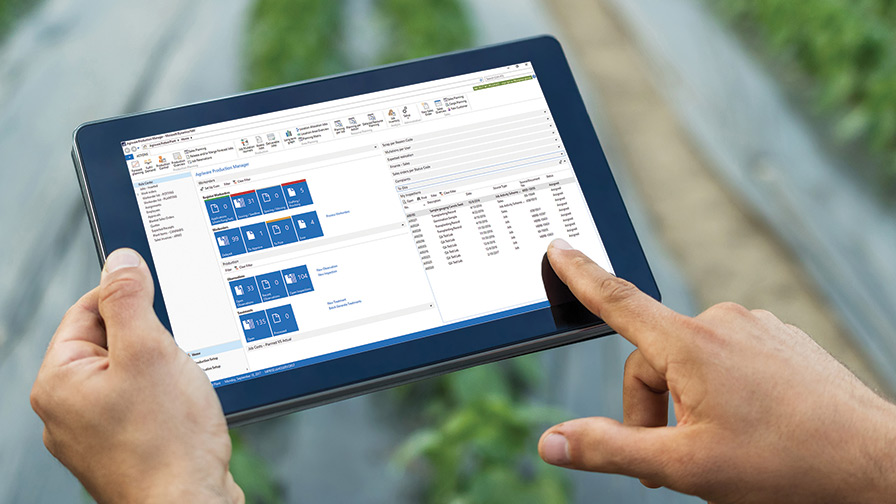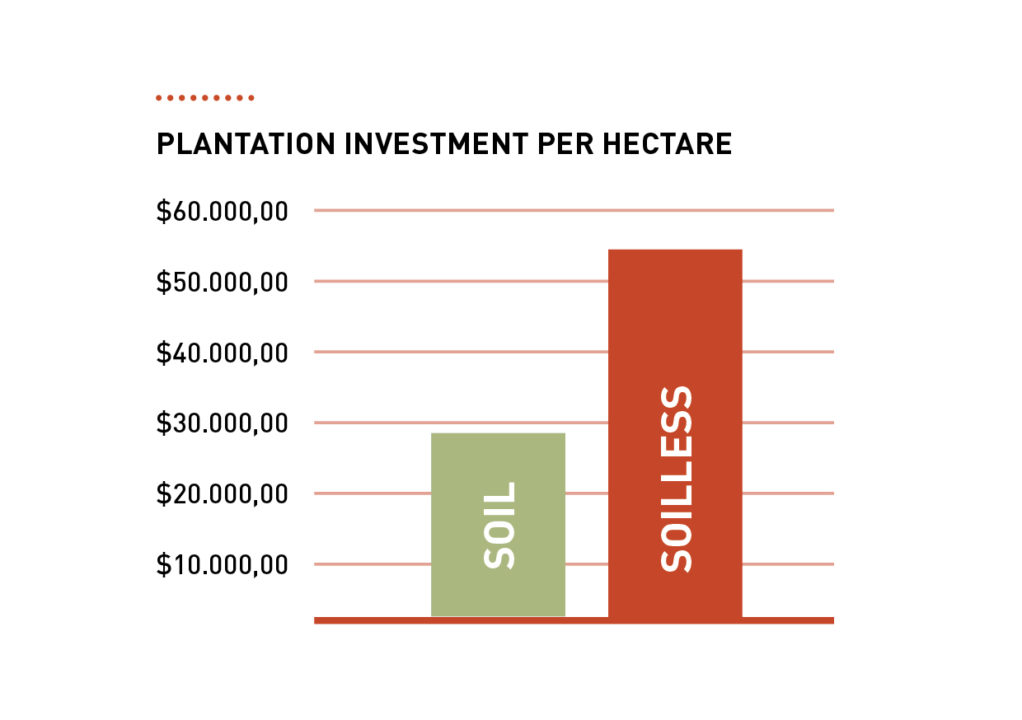How Modern Software Can Help Growers Deal With Financial Challenges
 I speak to growers every day about the state of their business, plans for the future, barriers that stand in their way, and the problems they seek to solve. Many times, software can help remedy these barriers. In this article I share a change I see in the industry that can be resolved with a modern software platform.
I speak to growers every day about the state of their business, plans for the future, barriers that stand in their way, and the problems they seek to solve. Many times, software can help remedy these barriers. In this article I share a change I see in the industry that can be resolved with a modern software platform.
Change is the only constant in life. The grower you are today is not the grower you will be in five years, and the industry today is not the industry it will be in 10 years. As you and your business change, and the industry changes around you, will your infrastructure be ready to change with you?
As an example of change, banking institutions in the industry have stricter policies today than they did even a few years ago. The credit/banking industry has gone through monumental changes over the past 10 years. There are fewer financial institutions willing to invest, which limits the borrowing ability of growers and constrains the supply of cash.
A CFO from of one of the largest greenhouses in the U.S. says, “We have seen a pull-away from the agriculture sector by many banks. Some have made decisions to pull completely out of the ag sector, leaving companies to scramble to replace their financing. It also makes the pool of lenders smaller, increasing the competition for financing.”
Jeff Bland of Trifin Capital advises growers on how to secure credit.
“Today, the most important issue from a bank or lender’s perspective is clarity,” Bland says. “One of the first things we look for in evaluating a prospective client for credit is the quality and clarity of the financial reporting. In terms of quality, how were the financial reports prepared (audit, review, compilation, oriInternal)? Most middle-market companies will not spend the money on an audit these days, as the cost has become astronomical.”
CPAs are charging a great deal to sign off on the accuracy of the books because the liability has become exponentially greater, Bland says. What most companies are doing when they hit the $20 million to $50 million range is a review, which provides a bit more quality than a compilation, but less than an audit.
“We have found that companies that are doing a review have or need to move off of QuickBooks,” Bland says. “QuickBooks is fine to a certain level, but after that the flexibility of the system degrades the clarity and accountability of the financial reports. It’s too easy to change entries and cook the books. You can see the progression as we move down the food chain in quality of financial reporting.”
The revenue cycle in this industry is daunting and requires a high degree of upfront capital. Growers heavily invest up front in greenhouse space, labor, and materials to grow product. Many times, these products are grown months, sometimes years, in advance of final shipment. Growers don’t receive revenue on that investment until they ship to someone who is buying it. Sometimes growers don’t receive revenue until a consumer buys that item off the shelf. The grower must bear the burden of cost up front. Many growers need a strong financial partner to see them through.
Solutions such as QuickBooks do not provide the depth, control, or options in accounting to accommodate such financial requirements. Growers with systems that require manual manipulation of information to provide financial reports will be riskier candidates in the shrinking pool of funding.
A modern platform will provide accurate, quality financial data, which is vital for organizations to secure capital moving forward.









